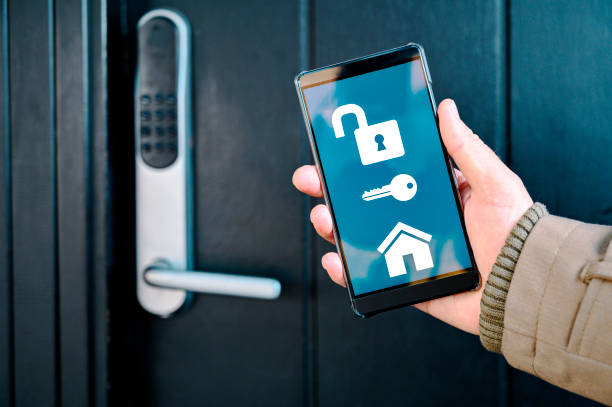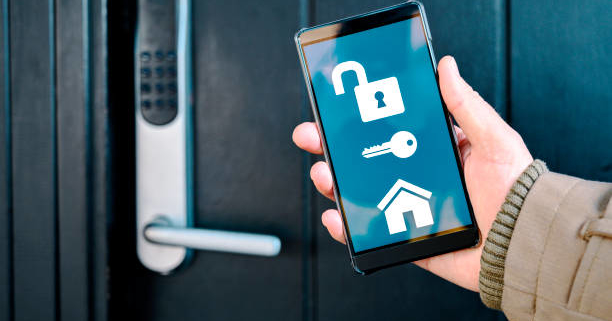Considering buying a smart device? To protect your security, ask yourself these five questions
Published on:

Houses are getting smarter: smart thermostats manage our heating, while smart fridges can monitor our food consumption and help us order groceries. Some houses even have smart doorbells that tell us who is on our doorstep. And of course, smart TVs allow us to stream the content we want to watch, when we want to watch it. (If that all sounds very futuristic, a recent survey tells us that 23% of people in western Europe and 42% of people in the US use smart devices at home.)
While these smart devices are certainly convenient, they can also present security risks. Any device with an internet connection can be compromised and taken over by attackers. If a compromised smart device has a camera or microphone, an attacker may access these and any data on the device can be read, viewed, copied, edited or erased. The compromised smart device may look at your network traffic to find your usernames, passwords and financial data.
It may look to take over other smart devices that you own. For example, an attacker could adjust the temperature on a smart thermostat, making the house too warm, and demand a ransom be paid to let you take back control of your central heating. Alternatively, a smart CCTV system can be taken over and the data watched by an attacker or deleted after a burglary.
Smart devices can also be made to attack other systems. Your smart device can become part of a “botnet” (a network of compromised smart devices under the control of a single person). Once compromised, it will search for other smart devices to infect and recruit into the botnet.
The most common form of botnet attack is called a distributed denial of service attack (DDoS), where the botnet sends hundreds of thousands of requests per second to a target website, which prevents legitimate users from accessing it. In 2016 a botnet called Mirai temporarily blocked internet access for much of North America and parts of Europe.
In addition to DDoS attacks, your smart devices can be used to spread ransomware – software that encrypts a computer so it can only be used after a ransom has been paid. They can also be engaged in cryptomining (the…


